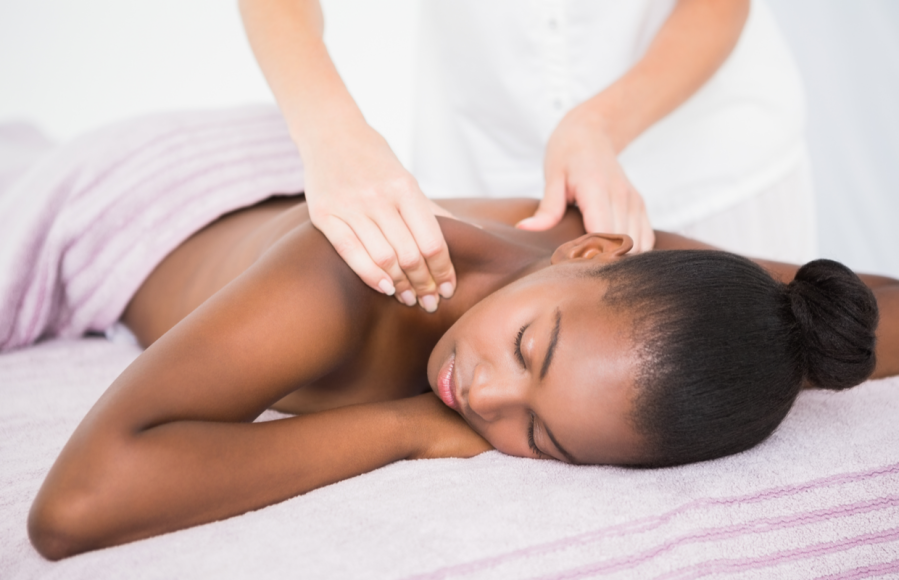Looking to up your fitness game and soothe aching muscles with some deep tissue action? Let’s take a closer look at the benefits and risks of sports massage, along with what to expect from your first one and how to incorporate the therapy into your training and event schedule…
We all know how good it feels to have a shoulder rub, especially after a long day hunched over our desk. But formal hands-on therapy has been around for thousands of years. Chinese writings dating as far back as 2,500 BC outlining massage techniques for a variety of medical purposes. In fact, in conventional Western medical circles it’s often the treatment of choice for musculoskeletal injuries.
Benefits of sports massage
When it comes to fitness, specialised massage techniques adapted for sports people are used to enhance performance, aid recovery after exercise or competition, and to prevent and treat sports-related injuries.
Using techniques including deep tissue work and assisted stretching, sports massage increases flexibility and range of motion, improves endurance and reduces fatigue. It can also help to prepare body and mind before a big event.
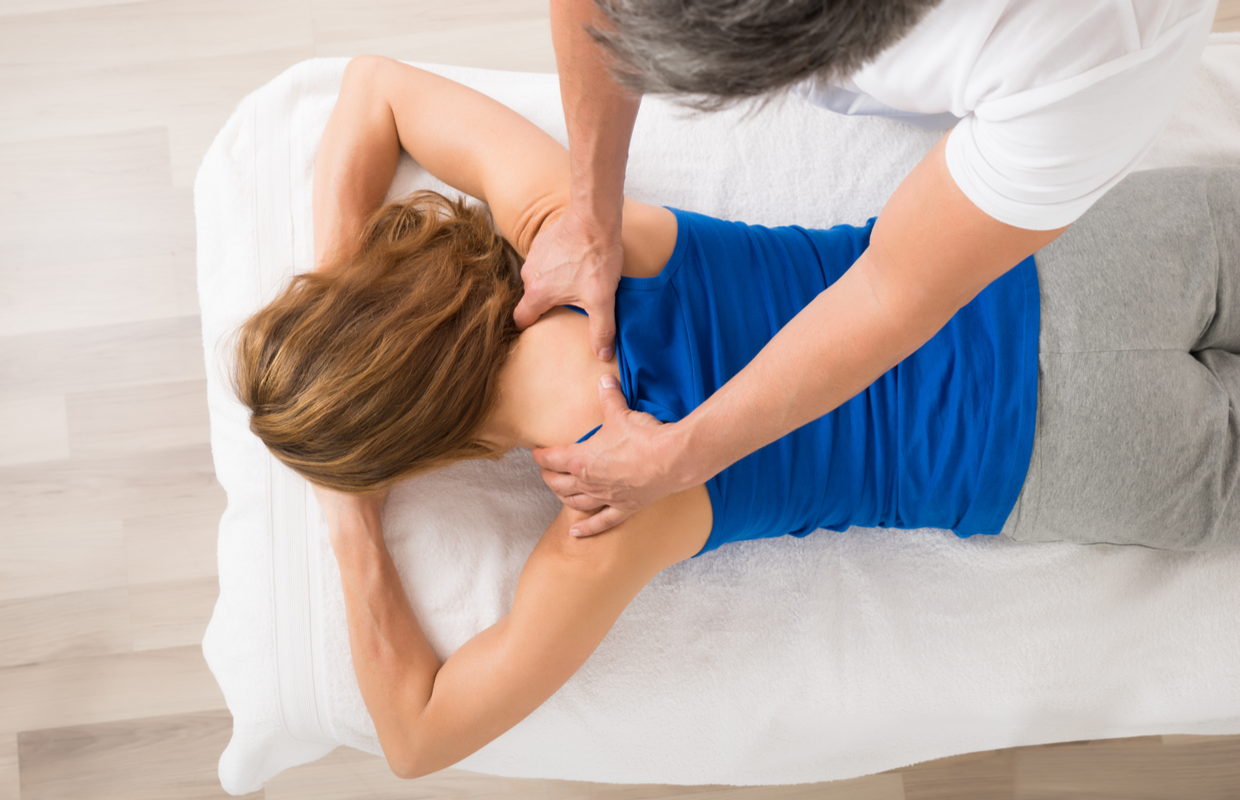
What to expect from a sports massage
Common sports massage techniques include effleurage, petrissage and deep transverse friction. The flowing stokes of effleurage travel the length of the muscle (usually in the direction of the heart) to warm and relax tissues. In contrast, petrissage moves in a little deeper, using kneading and compression to stretch muscles fibres, restore range of motion and improve mobility between tissues.
The firm strokes of deep friction travel across the grain of the muscle, to aid pain relief, promote healing and break up scar tissue. Hot stones may also be used to help loosen muscles. By boosting circulation, massage encourages the delivery of nutrients necessary for tissue repair. It also aids the removal of lactic and carbonic acid to reduce muscle soreness.
The friction created by massage increases heat, enhancing metabolism and aiding muscle remodelling post-exercise. Sports massage is also believed to block pain signals from reaching the brain. Plus, by stimulating the nervous system, it also aids relaxation. Sounds good to us!
Is a sports massage right for me?
Due to the level of pressure (think very firm) and highly focused area of treatment, sports massage isn’t advisable for everyone. You should avoid it if you have acute soft tissue inflammation, infectious skin conditions, open wounds, varicose veins or cancer. When attending a sports massage, the therapist will focus on your area or areas of concern and, importantly, the sporty lifestyle you want to achieve.
Women’s Fitness writer and PT Josh Ivory tried a sports massage at The Massage Company and left feeling brand new. ‘Combined with aromatherapy oil, the massage provided a full spa-like experience. The 50 minutes felt like five, so I’ll definitely upgrade to 80 minutes next time!’
Sports massages at The Massage Company start from £49.99 for 50 minutes.
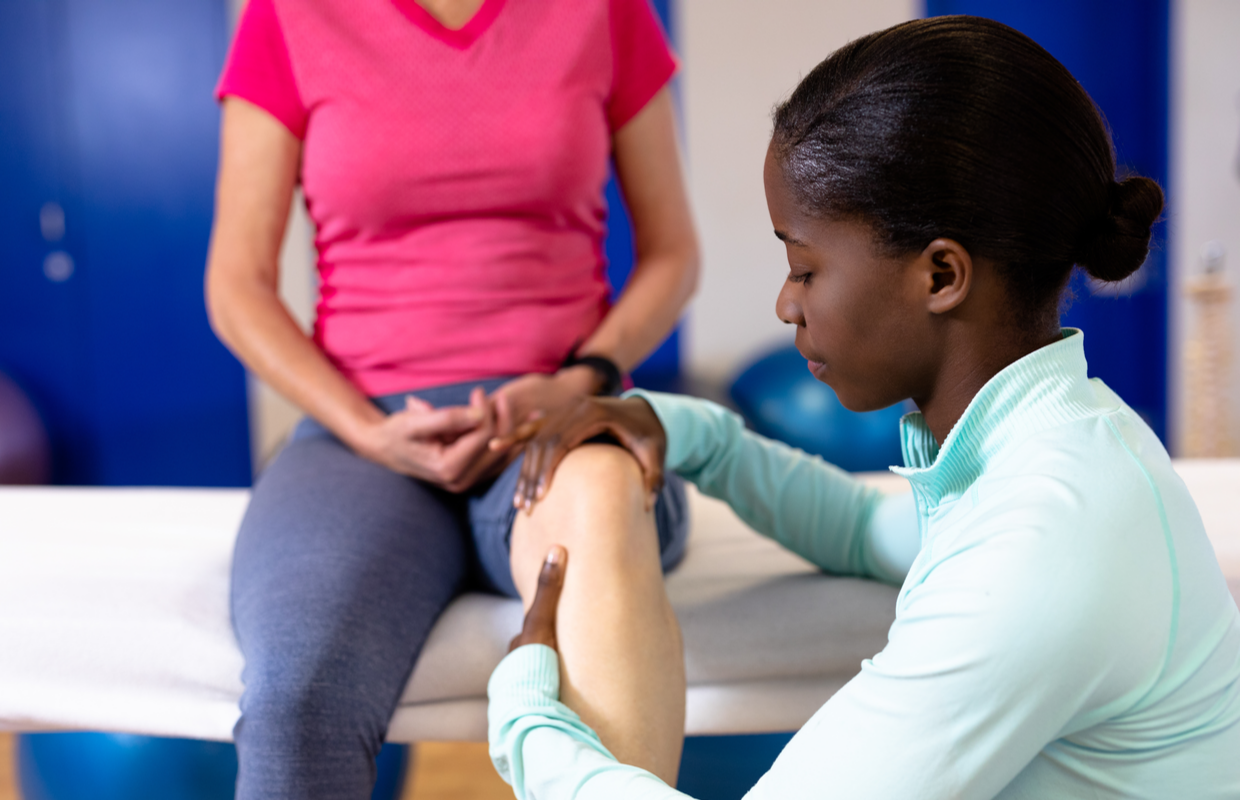
Sports massage and injuries
If you succumb to injury during training or competing, there are plenty of massage styles that can help your body heal. You’ve probably heard of trigger points: these are hard areas of muscle that hurt when pressure is applied to them. You’ll certainly know if you have one that’s active!
‘Sometimes referred to as “knots”, trigger points are adhesions in muscle fibres that cause pain. They can be very debilitating for an athlete, causing discomfort and affecting balance and coordination,’ explains Louis Divine, ex-marathon runner and massage therapist specialising in sports and deep tissue treatments.
Neuro Muscular Technique (NMT) is a great way of releasing trigger points. ‘By pressing on the trigger point, a “washout effect” is created. Then, when the pressure is released, oxygen and nutrient-rich blood floods back into the area,’ explains Divine. ‘It can be quite an intense treatment but it’s also incredibly effective.’
Benefits of sports massage for scar tissue
A sports massage can also help with the treatment of scar tissue. An essential part of the healing process, if too much builds up, it can limit your range of motion. However, friction massage techniques can help, say massage and bodywork experts from massage studio Masaj. You can also increase the range of motion around a joint with Muscle Energy Technique (MET).
‘MET utilises the force of the muscles and is known to be more effective than stretching,’ according to Masaj. ‘The muscle is placed in an extended state, asked to push to cause a contraction, then relaxed and extended further. The process of utilising the sensory organs and overriding them increases flexibility.’
Can a sports massage help with restricted fascia?
It’s not just tight muscles that benefit from releasing. Fascia, the connective tissue that surrounds your muscles, nerves, blood vessels and organs, can also impede your fitness goals if it’s restricted. ‘When working normally, fascia is very fluid. A body with free-moving fascia holds itself in perfect balance with very little effort,’ says Amanda Oswald, myofascial therapist and author of Living Pain Free: Healing Chronic Pain with Myofascial Release (Lotus Publishing, £11.99).
Some sports, however, can compromise the integrity of your fascia. ‘Sometimes there might be a specific injury event but, for many, the changes build up gradually,’ explains Oswald. ‘Contact sports such as rugby lead to trauma to the body, other sports like running, swimming or cycling involve repetitive actions, while racquet sports are one-side dominant.’
If it’s been compromised, your fascia will become stickier and thicker. This inhibits its normal gliding action, potentially resulting in damage, restrictions and the formation of trigger points. ‘Over time, this can put extra pressure or load onto areas of the body, leading to pain and other symptoms,’ warns Oswald.
‘Any change or damage to fascia will trigger the inflammation response, the body’s natural repair mechanism. If fascia remains restricted after repair, this can lead to chronic inflammation as the body repeatedly tries to repair what it thinks is an injury.’
Because fascia is a slow-releasing tissue, treatment needs to reflect this. ‘With myofascial release, the therapist applies gentle pressure and waits for a sense of the tissues starting to release. This may feel like a softening or lengthening of the tissues,’ explains Oswald. ‘Clients are often surprised at how such a gentle and relaxing treatment can work so deeply into the body.’
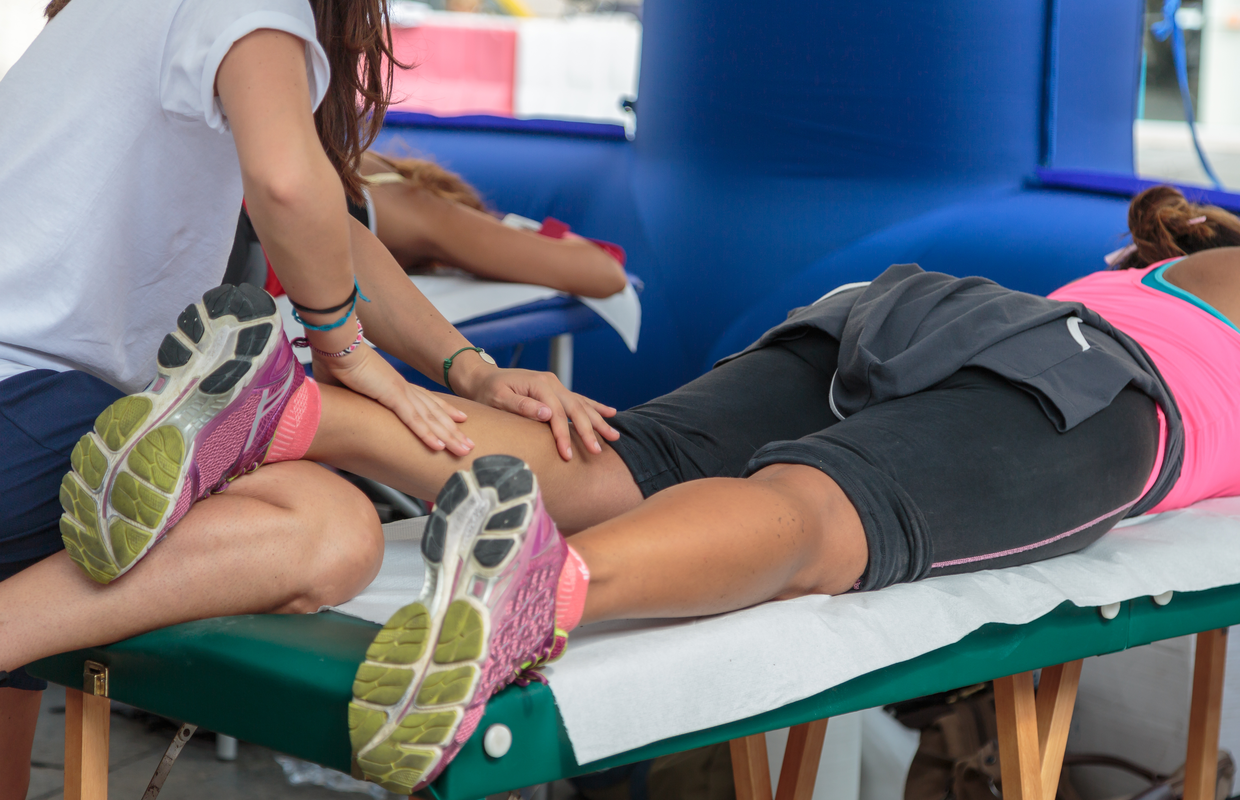
Sports massages and fitness events
Got a big event or race coming up? Read on to discover the benefits of getting a sports massage both before and after the event…
Should I get a pre-event sports massage?
‘Pre-event sports massage is an up-tempo treatment aimed at releasing tight muscles, reducing pain and lowering stress levels,’ says Divine. ‘Afterwards, your muscles will be more flexible and your circulatory system stimulated, delivering oxygen and nutrients more efficiently to every cell in your body.’
And there are psychological benefits to having a massage before a sportive, too. ‘Pre-event sports massage aids athletes into a state of relaxation and hones their focus, bringing a stillness to their mental state,’ adds Divine. ‘The massage is carried out with just the right amount of speed to stimulate the muscles while keeping the client relaxed.’
Benefits of post-event sports massages
After your training or event, massage involves much slower and deeper techniques. It also has an entirely different aim. ‘The goal here is to relax the nervous system, moving the body from a sympathetic “fight or flight” state, to the parasympathetic “rest and digest” zone,’ say the Masaj experts.
‘Stretch techniques further relax muscle tissue and the nervous system, and increase the length of muscle from a contracted state into an extended one.’ Post-exercise, a massage also boosts recovery by flooding the area with blood, nutrients and lymph. This stimulates the removal of waste products and toxins such as lactic acid.
And it doesn’t stop there. ’Mobility techniques also relieve tension around joints, extend their range of motion and increase synovial fluid into the joint capsule, boosting healing and recovery,’ add the Masaj experts.
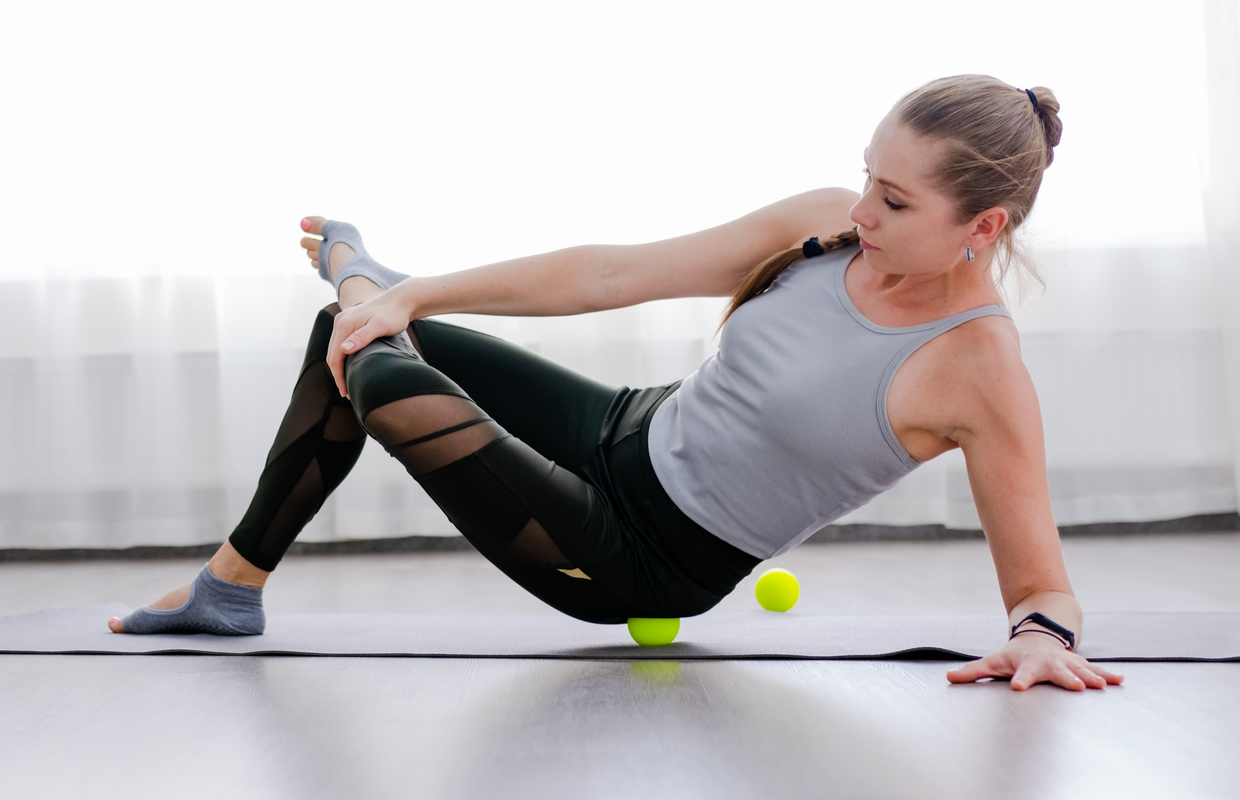
How to give yourself a sports massage at home
At-home sports massage technique for foot pain
Try this simple technique from sports massage expert Louis Divine…
- Good for: sore feet after long running
- How to do it: ‘Sit on a chair with an empty bowl and pile of marbles on the ground in front of you. Pick up the marbles one at a time with your toes and place them into the bowl. Repeat twice with each foot. Next, take a spiky massage ball or gym roller and roll the sole of your foot backwards and forwards for a couple of minutes, focusing on any particularly sensitive spots.’
At-home sports massage tips to release tight fascia
Release tight fascia with these moves from myofascial expert Amanda Oswald…
Ball on side of armpit:
- Good for: rotator cuff injuries and shoulder restrictions
- How to do it: ‘With a pillow under your head, lie on your side with your lower arm above your head. Feel along the side of your armpit with your other hand to locate the outer edge of your shoulder blade. Place an inflatable myofascial release ball anywhere here. Using static pressure, remain here for at least two minutes to allow the fascia to release. Repeat on the other side.’
Ball on side of hip:
- Good for: lower back and knee pain
- How to do it: ‘Lie on your side (or lean against a wall). Then, place an inflatable myofascial release ball on the muscles at the top of your hip or any tender spots you find. Using static pressure, remain here for at least two minutes to allow the fascia to release. Repeat on the other side.
Words: Eve Boggenpoel | Images: Shutterstock

